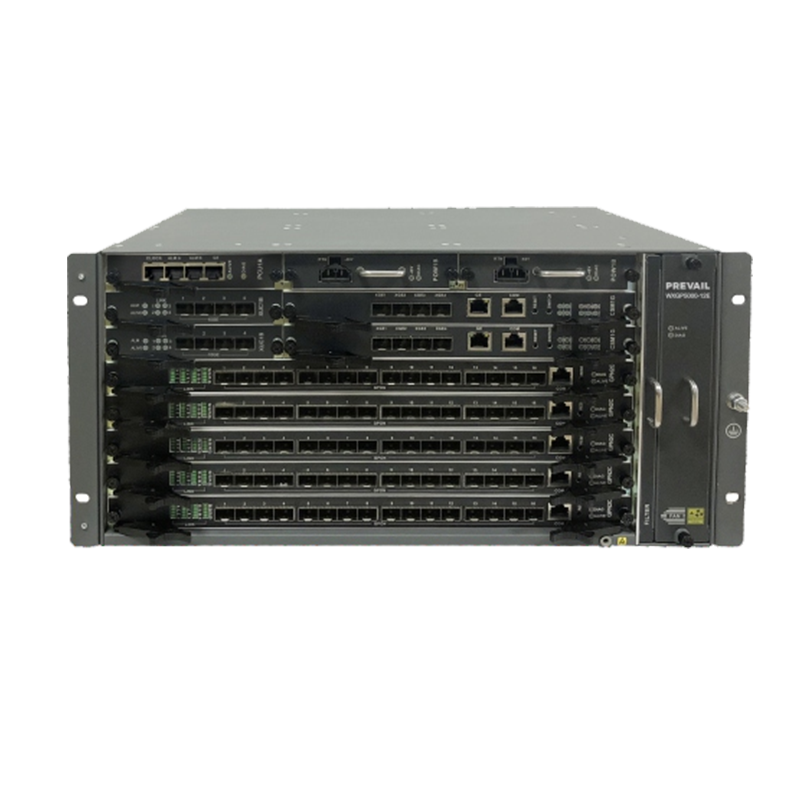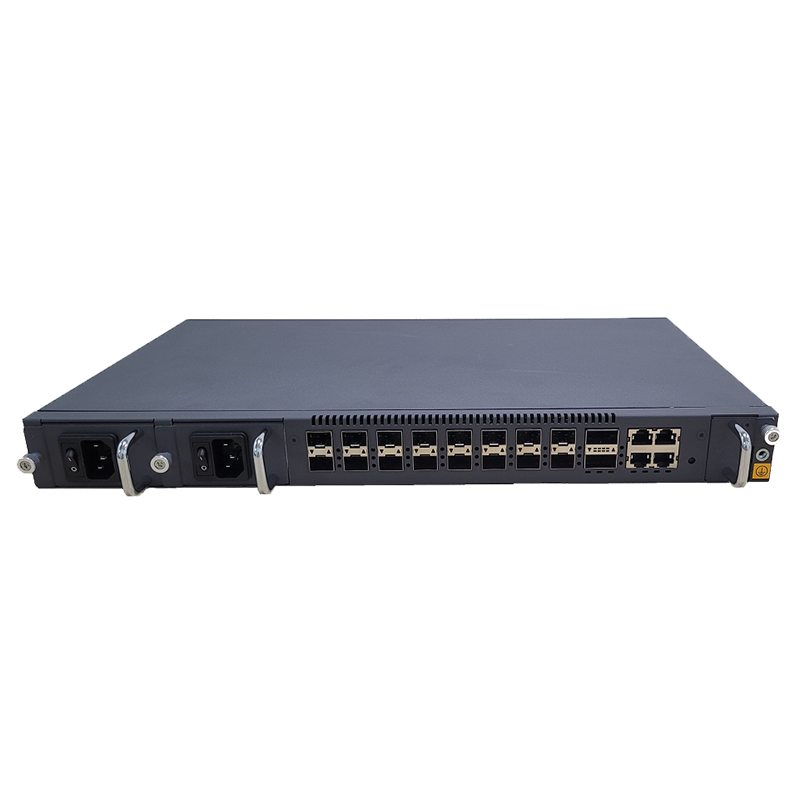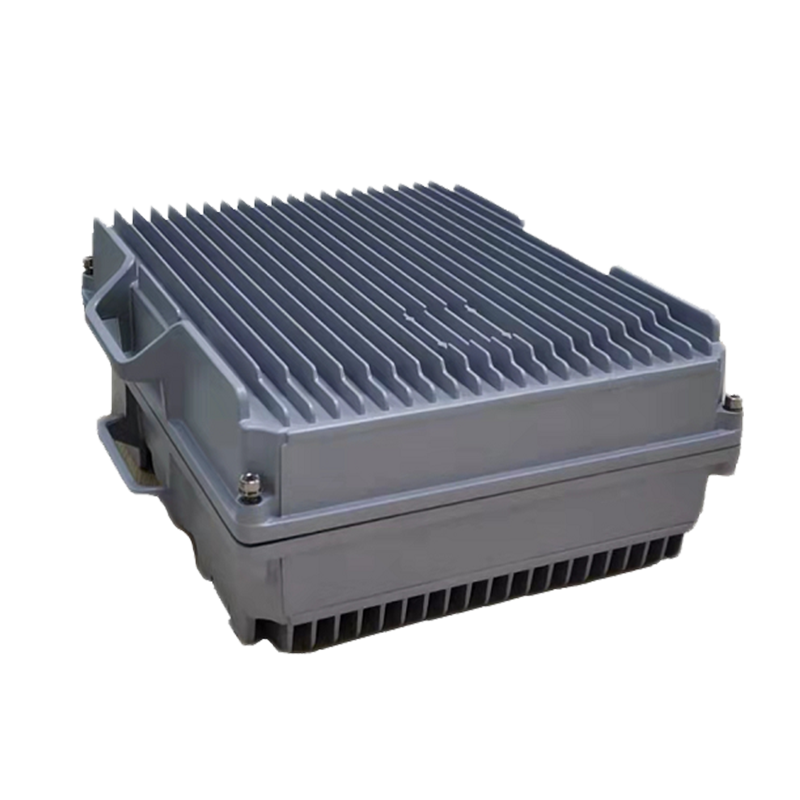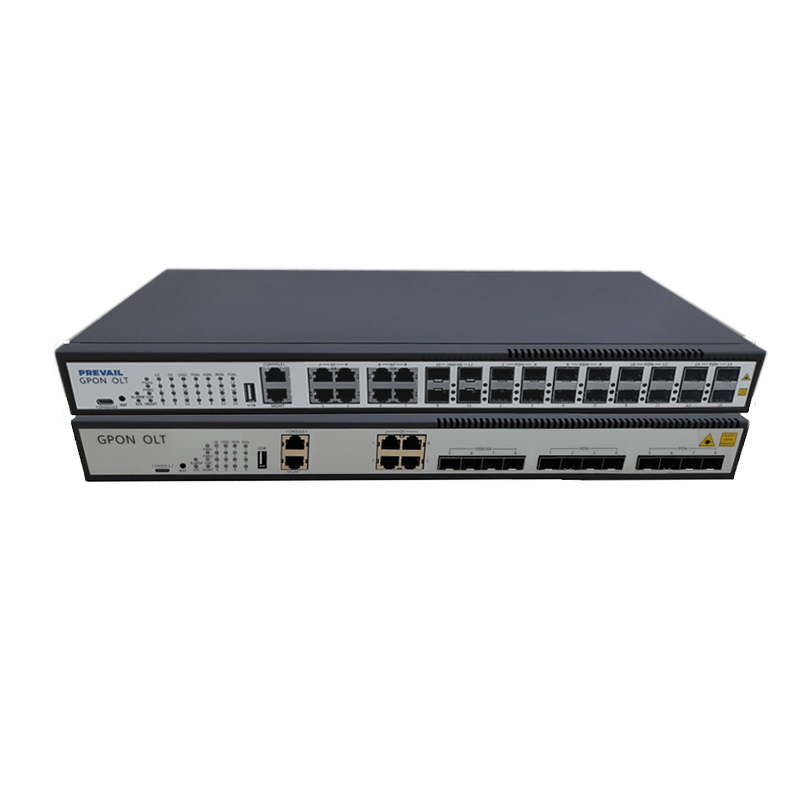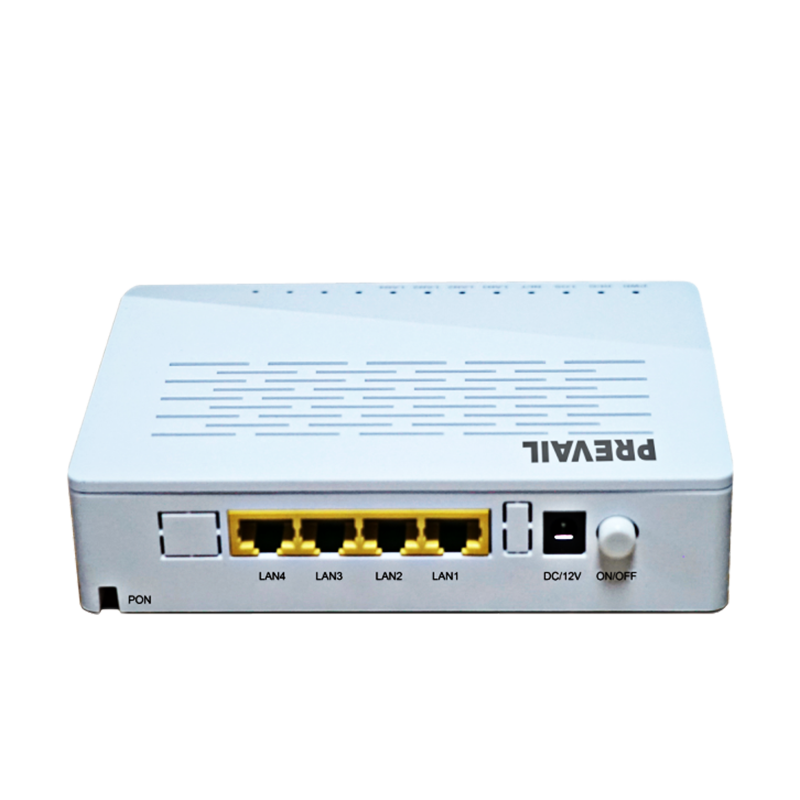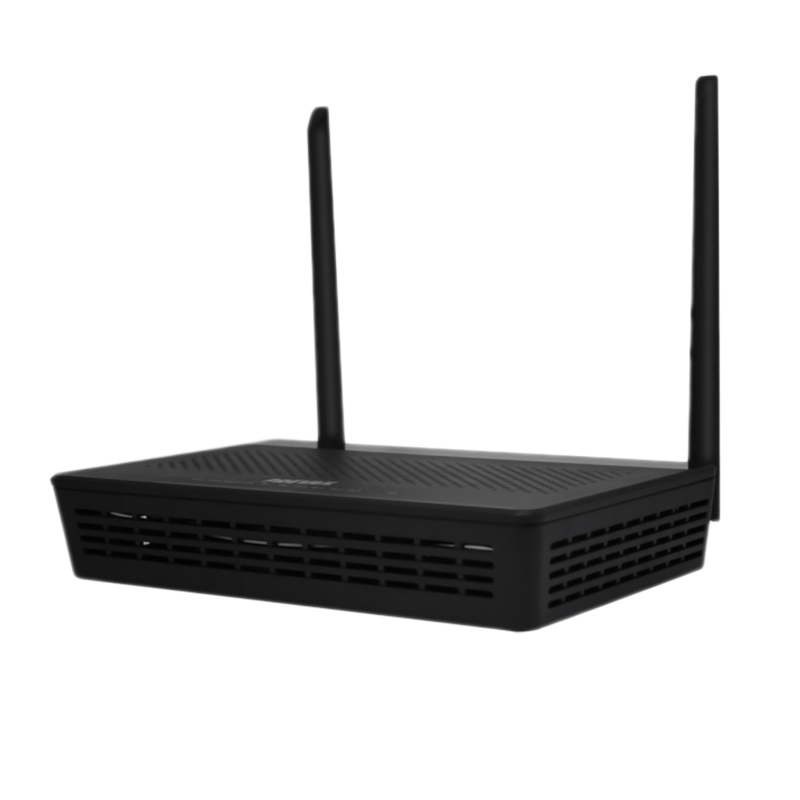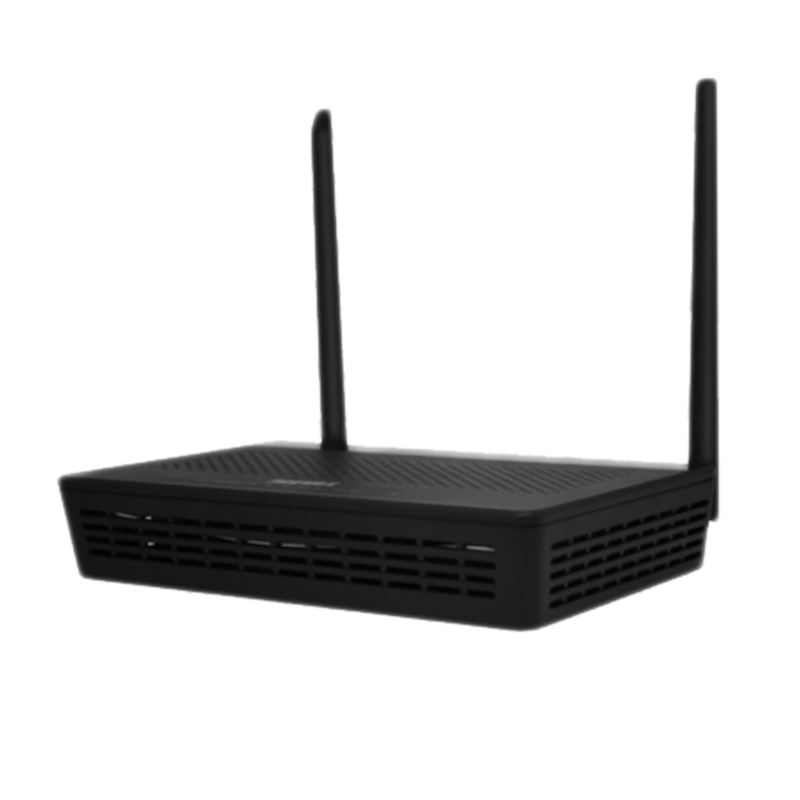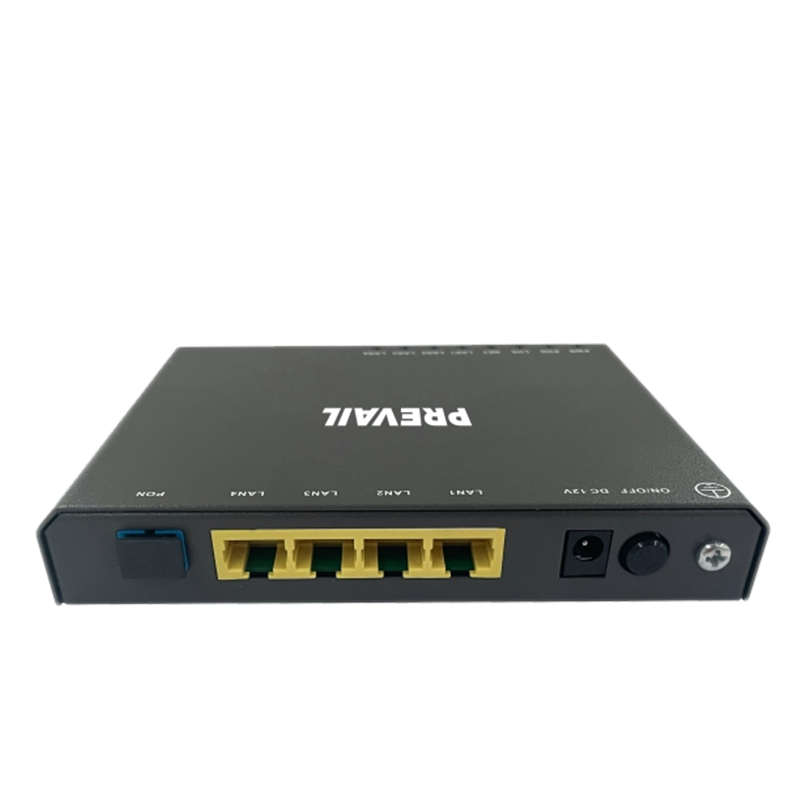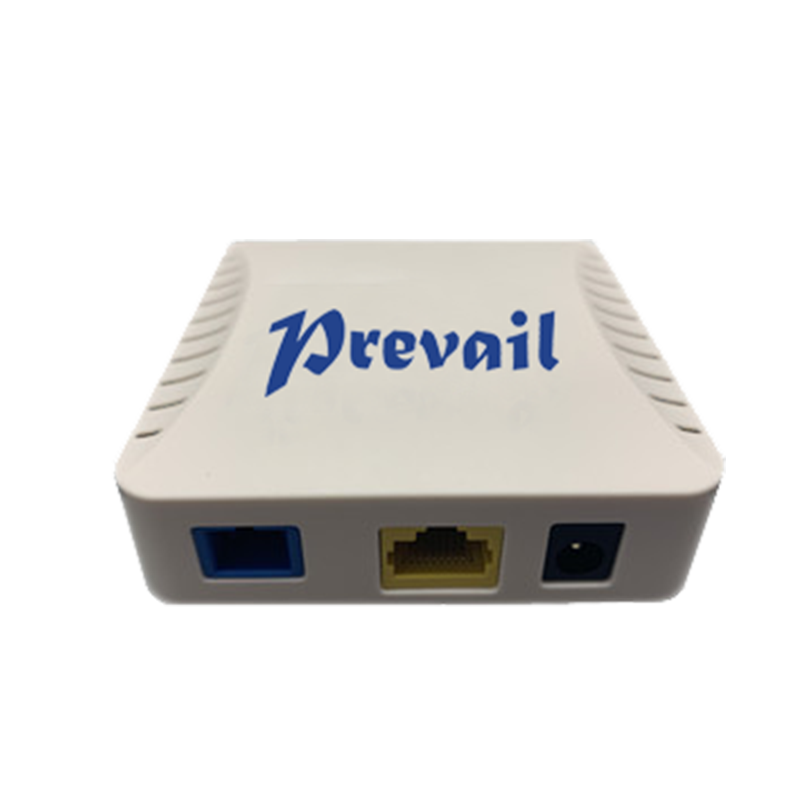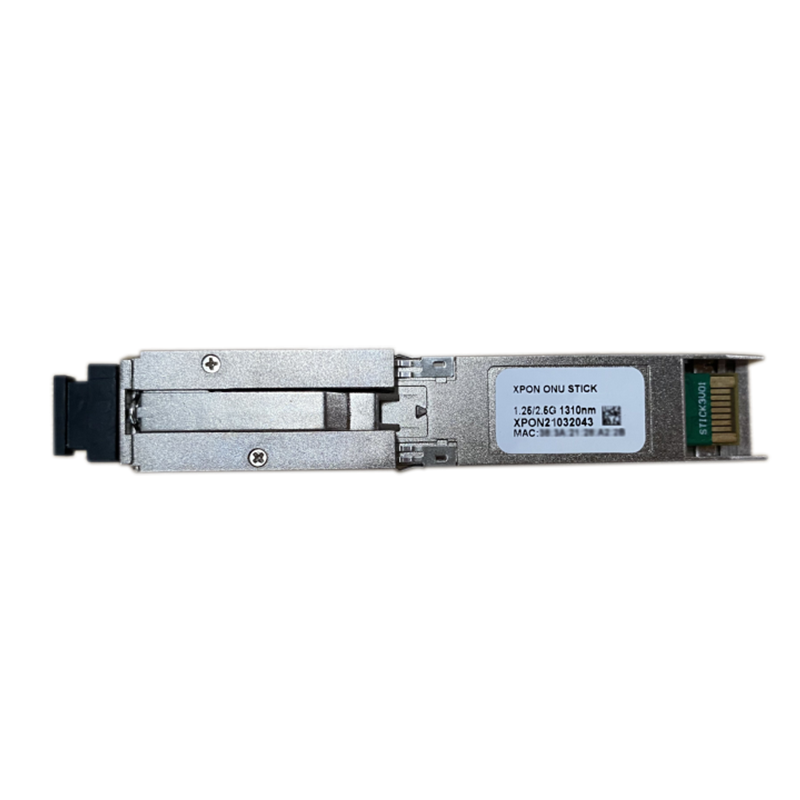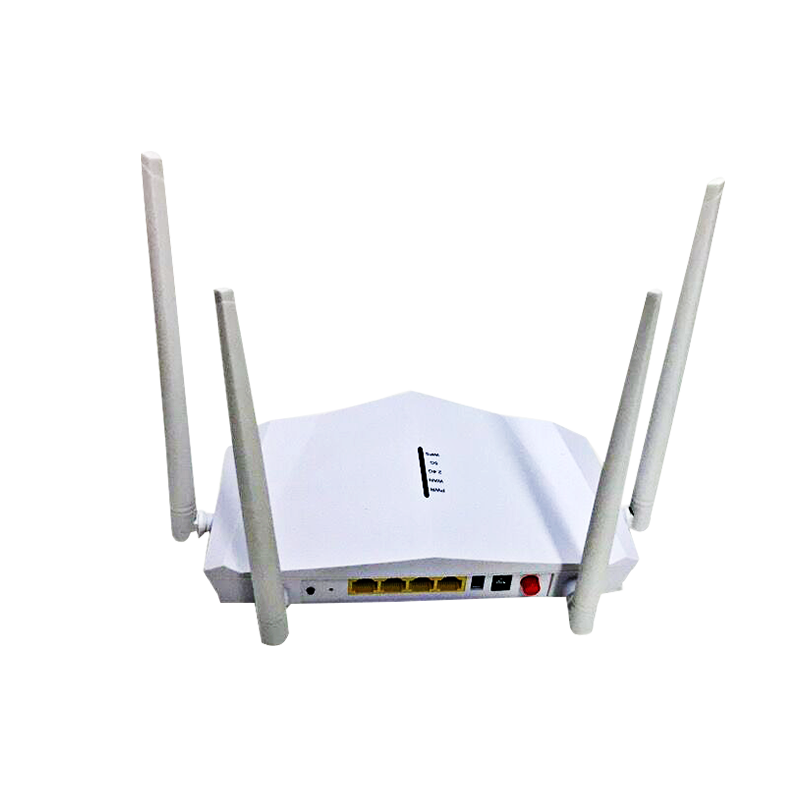How does HFC transmission equipment differ from traditional coaxial cable systems in terms of transmission media?
Transmission media play a crucial role in communication networks, directly impacting network performance, bandwidth, speed, and reliability. In HFC transmission equipment and traditional coaxial cable systems, the choice of transmission media has a profound impact on the overall functionality and performance of the network.
HFC systems combine the advantages of fiber optic and coaxial cable, two types of transmission media. Fiber optic cable serves as the transmission medium for the backbone network, offering high bandwidth, low attenuation, and strong resistance to interference. It supports longer signal transmission distances and is virtually immune to external interference, ensuring signal stability and reliability. Coaxial cable, on the other hand, connects fiber optic nodes to user homes. It is widely deployed in urban and suburban areas, providing high transmission capacity and adaptability, effectively delivering signals to user homes.

In contrast, traditional coaxial cable systems solely use coaxial cable as the transmission medium. Coaxial cable is widely used in conventional cable television networks, offering good interference resistance and transmission stability. However, its transmission bandwidth is relatively low, and transmission distance is limited, potentially restricting its use for high-speed data transmission and long-distance transmission.
HFC transmission equipment combines the strengths of fiber optic and coaxial cable, overcoming their respective limitations. Fiber optic provides high-speed, high-bandwidth, long-distance transmission, while coaxial cable offers a wide coverage area and cost-effective access. This hybrid network architecture enables HFC systems to balance performance, cost, and coverage, providing users with high-speed, stable, and reliable communication services.
Transmission media play an indispensable role in HFC transmission equipment and traditional coaxial cable systems. Their selection directly impacts network performance and functionality. By leveraging the strengths of different transmission media and combining them to build networks, more efficient and reliable communication services can be achieved.





